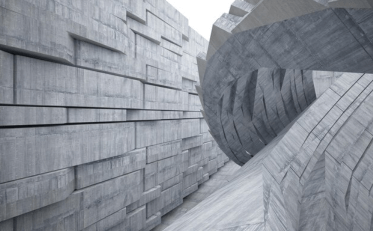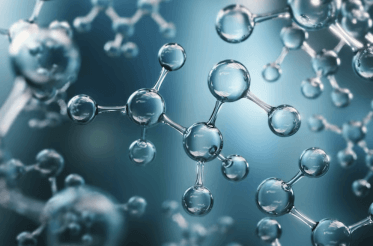Question
a.
100 to 150
b.
350 to 450
c.
550 to 650
d.
700 to 850
Posted under Basic Chemical Engineering
Interact with the Community - Share Your Thoughts
Uncertain About the Answer? Seek Clarification Here.
Understand the Explanation? Include it Here.
Q. The temperature at which plastic layer formation takes place during carbonisation of coal varies from __________ °C.
Similar Questions
Explore Relevant Multiple Choice Questions (MCQs)
Q. Yield of coke oven gas in low temperature carbonisation of coal is about __________ Nm³ /ton of dry coal.
View solution
Q. Temperature of preheated air used for the transportation of pulverised coal through pipes to the burner of a boiler furnace is restricted to a maximum limit of about 300° C to avoid the
View solution
Q. Pick out the wrong statement.
View solution
Q. Stack heat losses can be minimised by
View solution
Q. Laboratory gas is obtained by the cracking of
View solution
Q. Bituminous coal
View solution
Q. Ratio of primary air to secondary air increases with increase in the rank of coal, because the
View solution
Q. Higher percentage of ash in coal meant for the production of metallurgical grade coke
View solution
Q. Combustion of pulverised coal as compared to that of lump coal
View solution
Q. 'Wobbe index' is a characteristic of
View solution
Q. A coal with high ash content is undesirable, as
View solution
Q. Presence of free moisture in coal during its high temperature carbonisation
View solution
Q. Higher efficiency in the combustion of solid fuel can not be achieved by
View solution
Q. A coal containing very high percentage of durain is called __________ coal.
View solution
Q. During combustion of gaseous fuels, deficiency of air
View solution
Q. Gross and net calorific value of a fuel will be the same
View solution
Q. Low temperature carbonisation
View solution
Q. Gray King Assay and Swelling Index of a coal is a measure of its
View solution
Q. Explosion limit of blast furnace gas is 37 to 71% gas in gas-air mixture. It means that the blast furnace gas will explode when burnt in a confined space, if its concentration in the gas-air mixture is __________ percent.
View solution
Q. Prime coking coal is always blended with medium or non- coking coal before ear-bonisation
View solution
Recommended Subjects
Are you eager to expand your knowledge beyond Basic Chemical Engineering? We've handpicked a range of related categories that you might find intriguing.
Click on the categories below to discover a wealth of MCQs and enrich your understanding of various subjects. Happy exploring!








